
Elderberry plants are robust and easy to grow in most of NC. The umbrals are easy to harvest. The flowers and the berries have many healthy uses. We have found that many people don’t realize the healthy benefits from elderberries growing in the ditch that they drive by every day on the commute to and from work. However, a surprising number of people take a teaspoon of elderberry syrup every day during the fall and winter to help fight off colds.
Elderberry is a plant of contrasts. Join us and walk through some of these contrasts. Let us share what we have learned by growing this amazing plant.
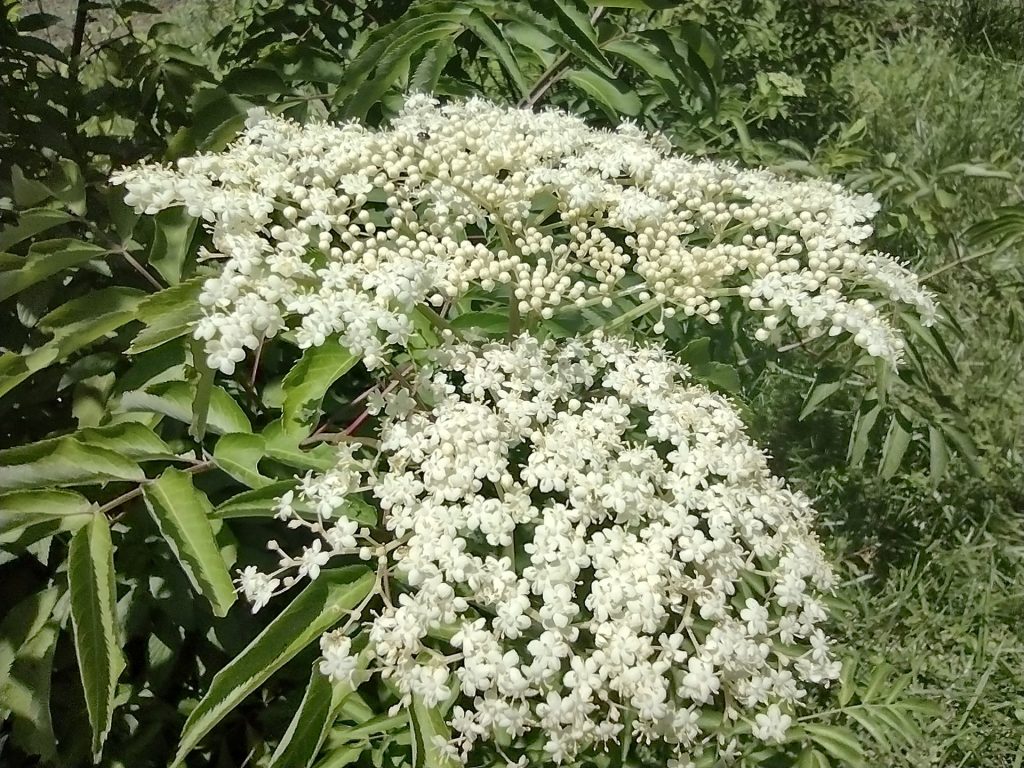
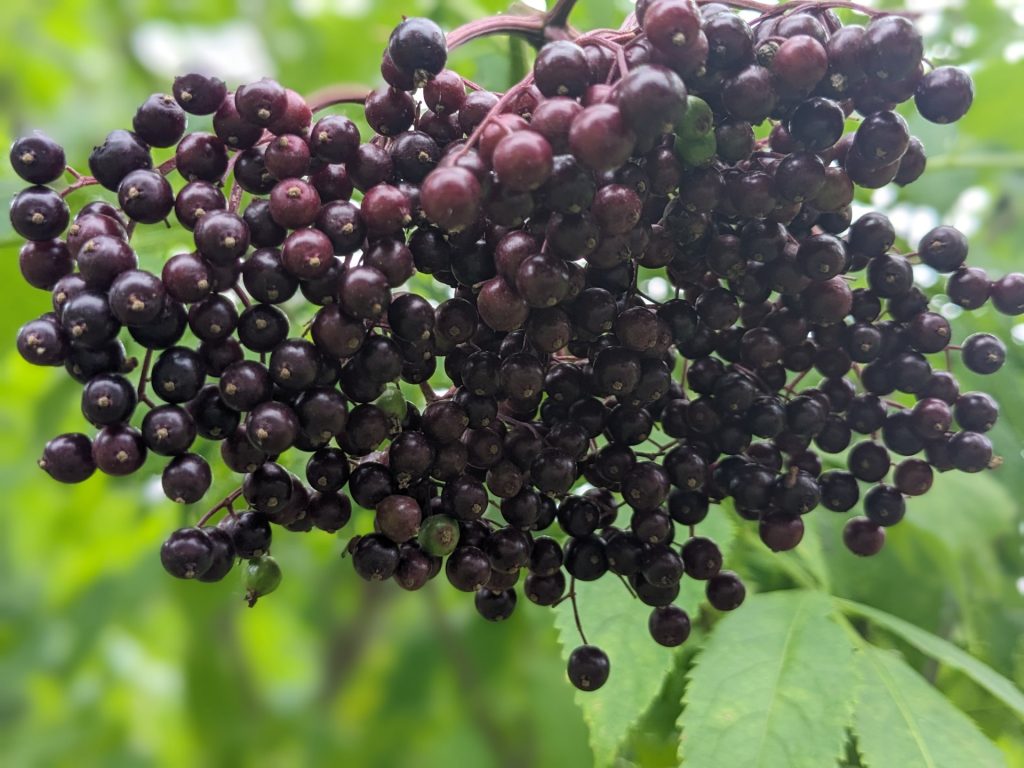
Elderberries grow wild in NC, usually on a ditch bank or in wet soil. They are everywhere, but many of the wild plants are in locations that are hard to reach at the time of harvest. If you enjoy foraging, then consider adding elderberries to your summer foraging retinue. The berries you harvest will be worth it.
Elderberry plants spread along the ground and a row of elderberry plants tends to be come a hedge. If you plan ahead, it is easy enough to manage the hedge by mowing and just have to prune once a year when the plants are dormant. If you were to plant your elderberries in the middle of an area where you can’t mow around them to control spread then you might have a difficult time managing them. They can be invasive, but if you plan ahead before you plant them it really isn’t a problem.
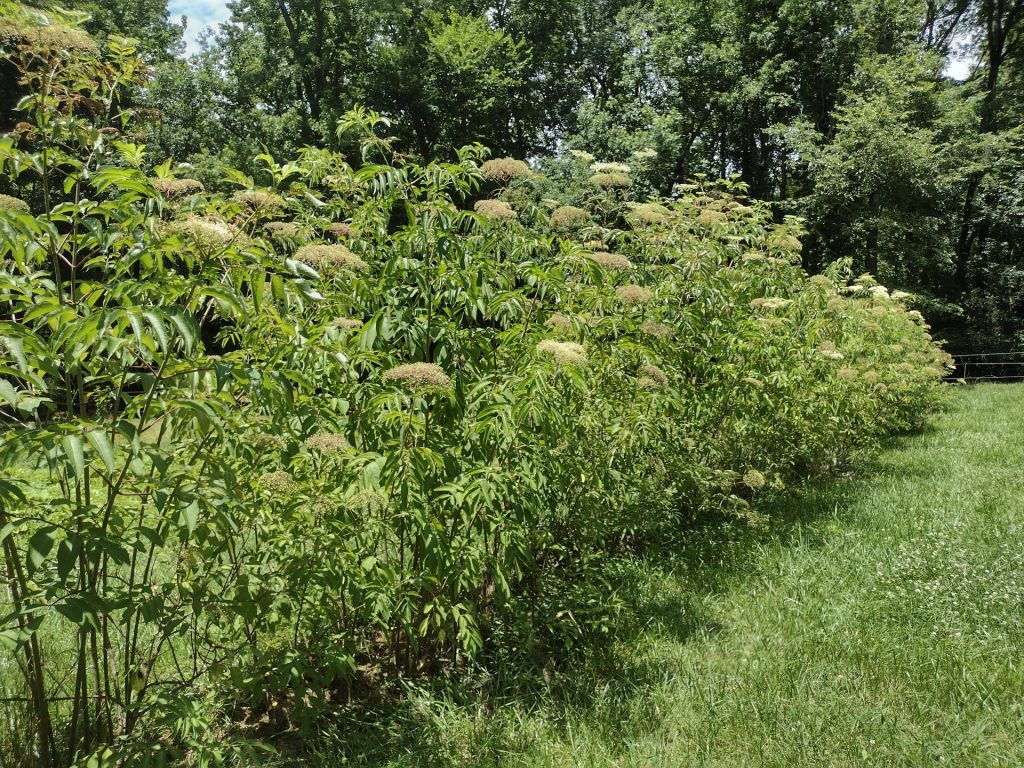
Harvesting elderberry umbrals is straight forward. Removing the berries from the stems can be a challenge. Some of the ways to remove berries from the umbral are easier than others. At some point in the future, it would be great to add a destemmer to the equipment we use on the farm.
This year we have making different elderberry products including:
- elderberry syrup
- infused elderberry honey
- elderberry oxymel
- liquid of elderberry
- dehydrated elderberries
- freeze dried liquid of elderberry
- freeze dried elderberries
It is really cool seeing the dark, dark and luxurious purple liquid that comes from the elderberries. Especially knowing all the health benefits in the liquid.
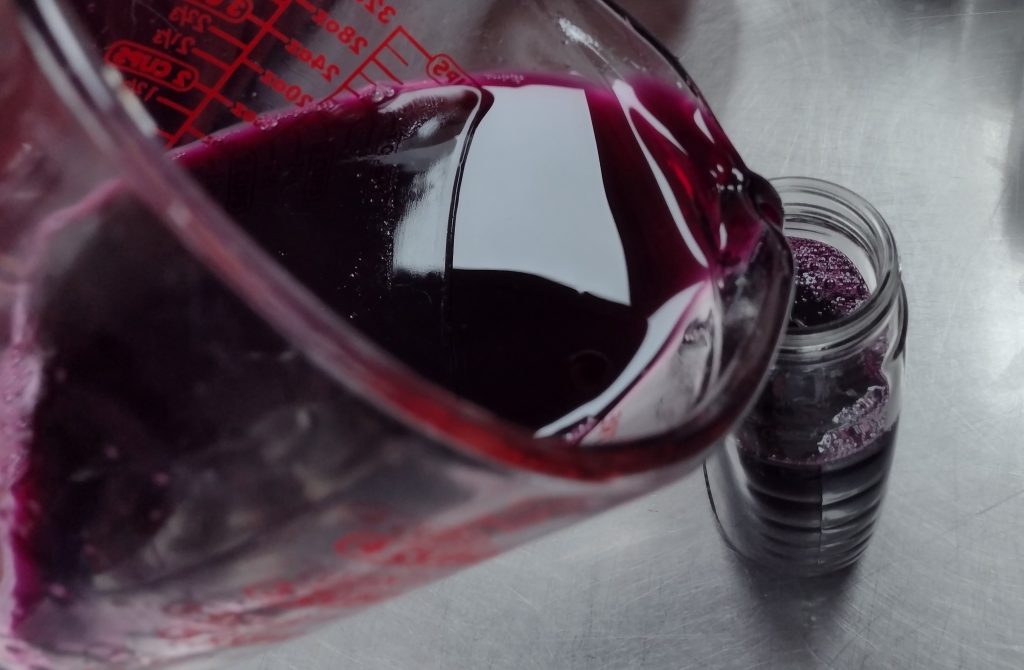
Growing and processing elderberries has been a wonderful learning experience. We’ve enjoyed teaching how to grow elderberries in hands on classes. Thanks for letting us share with you.
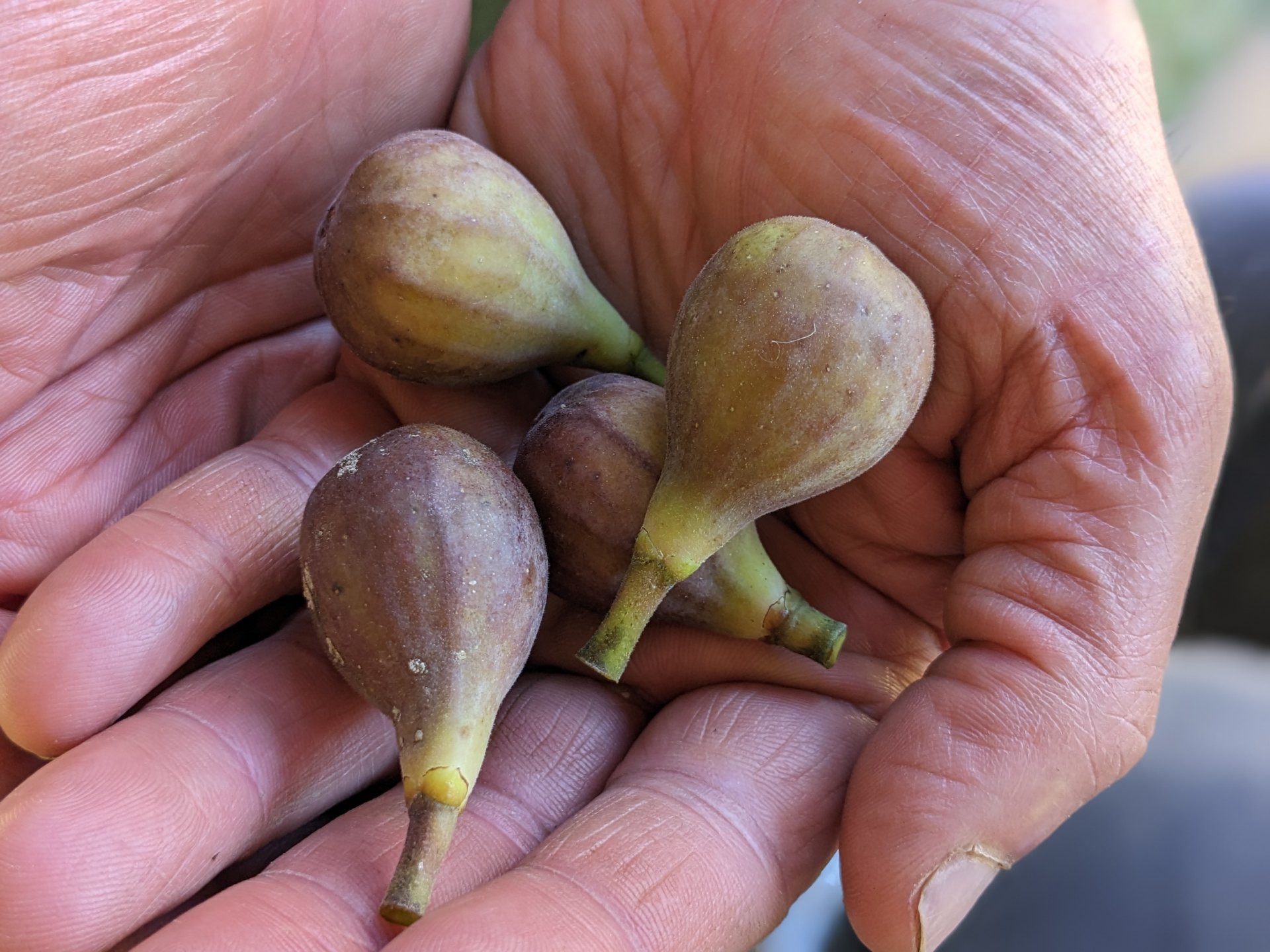
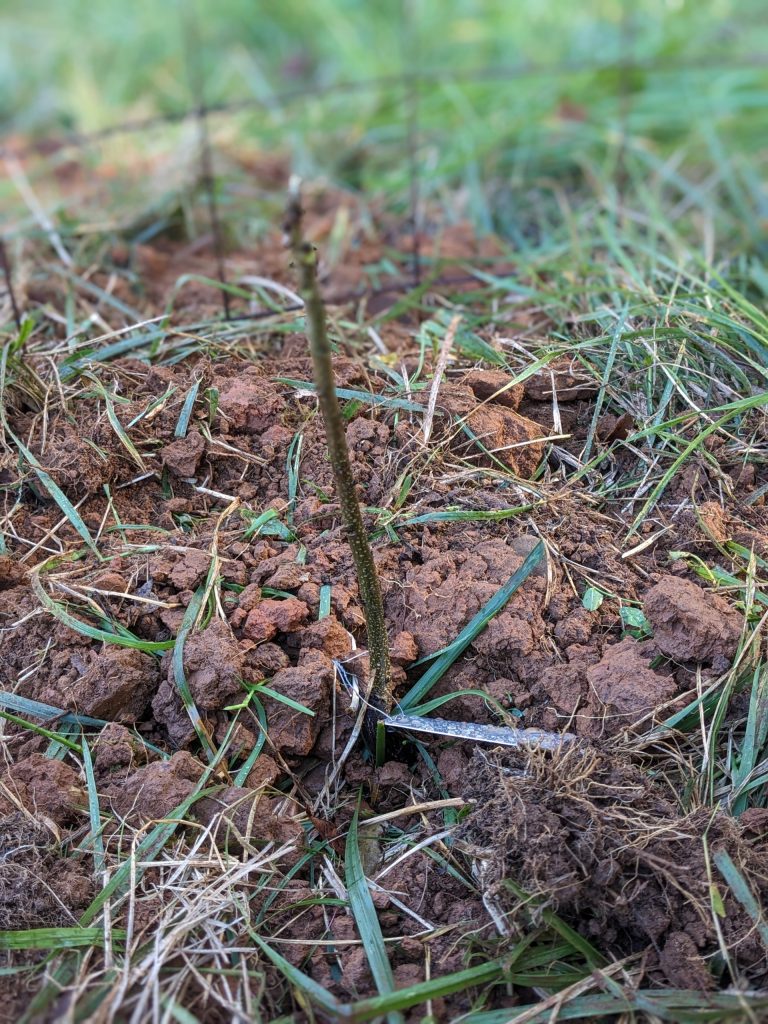
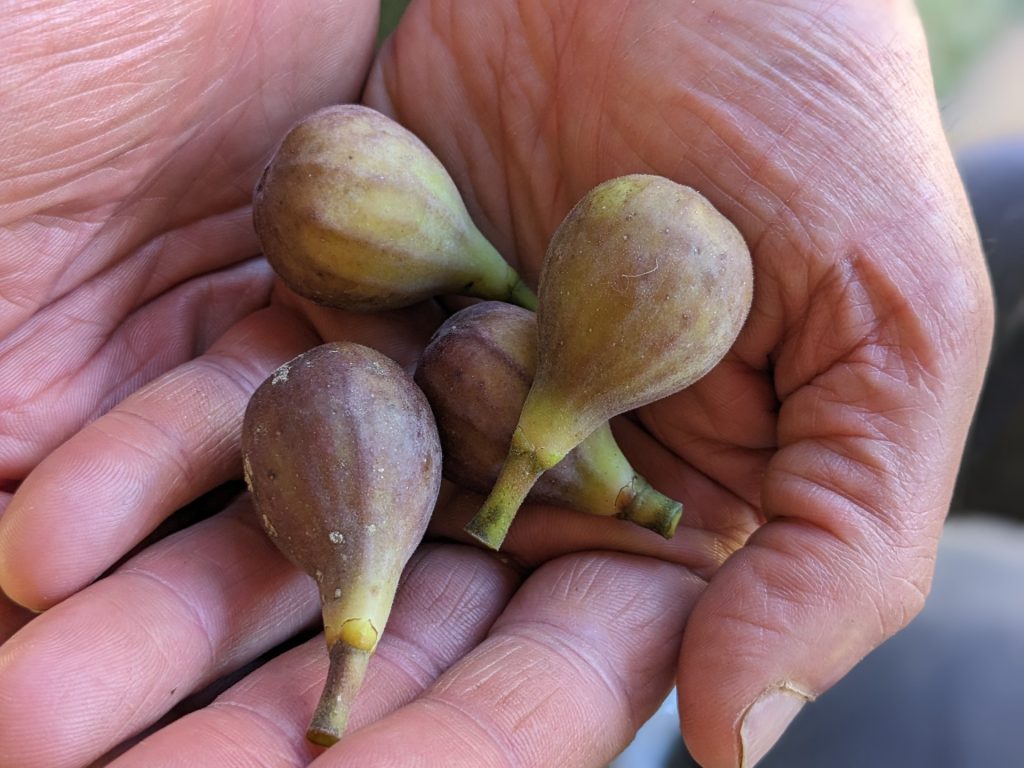
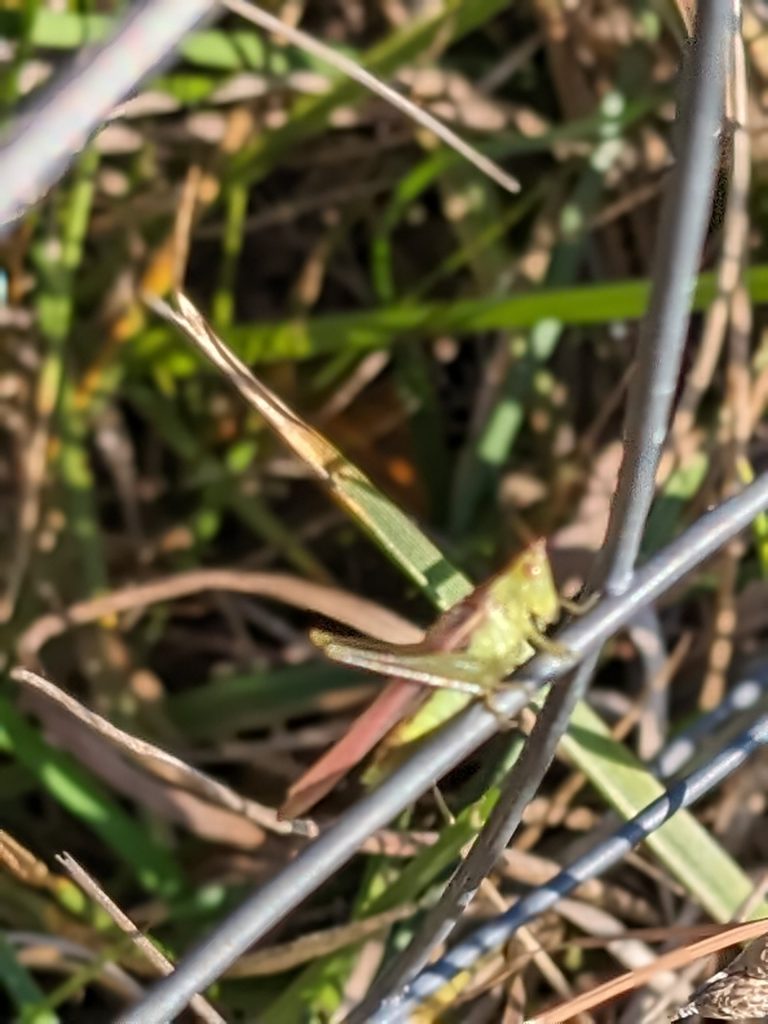
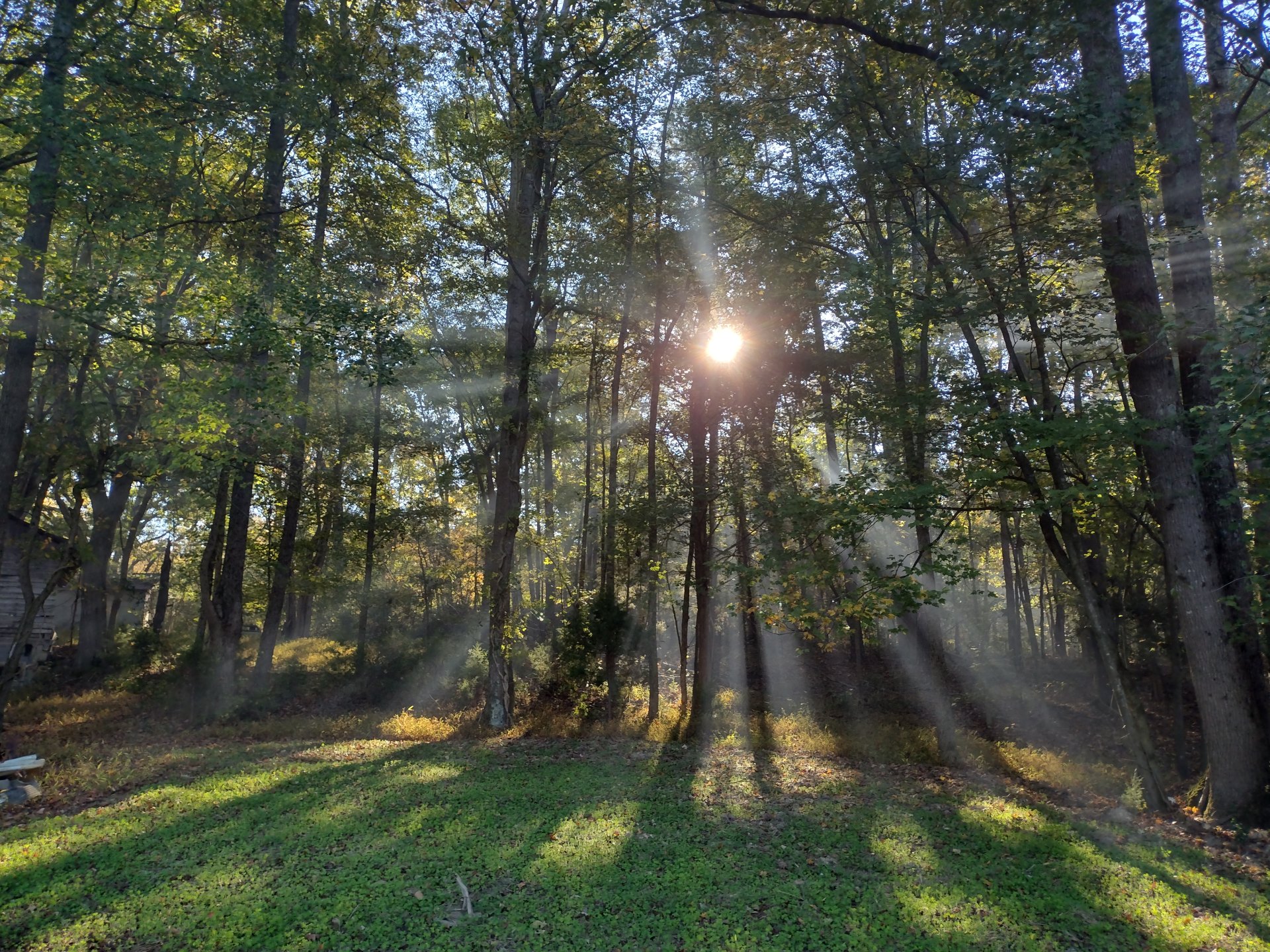
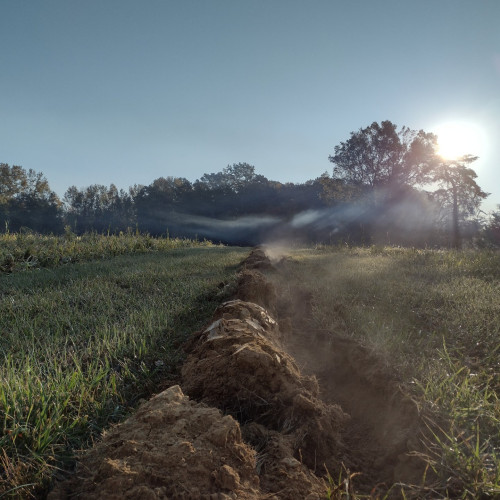
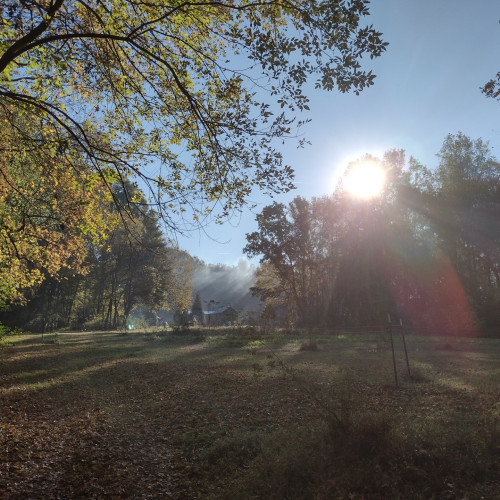
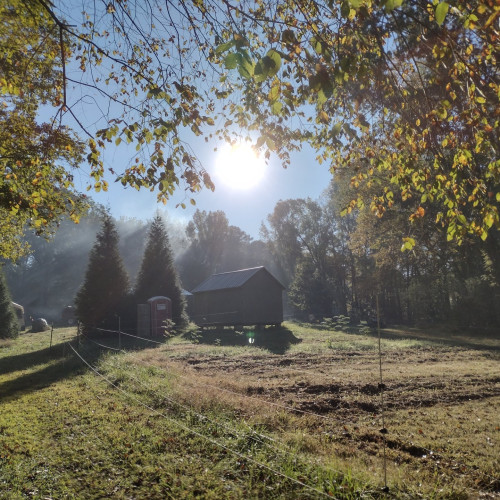
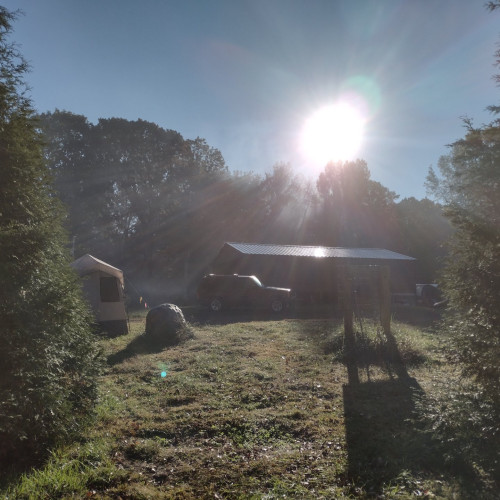
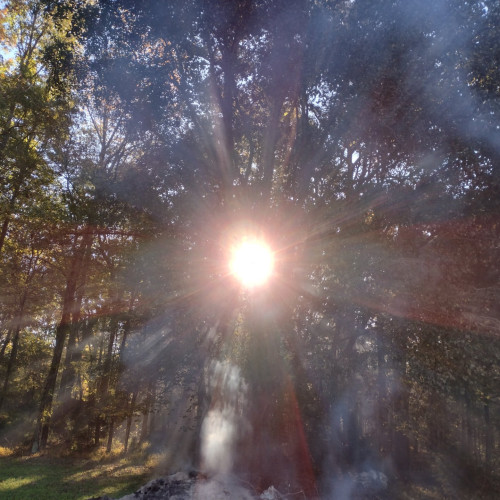
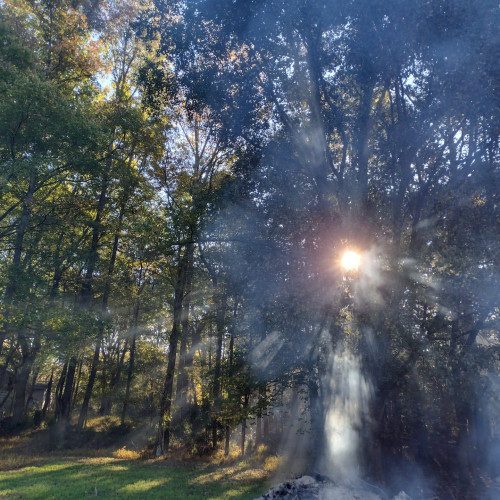
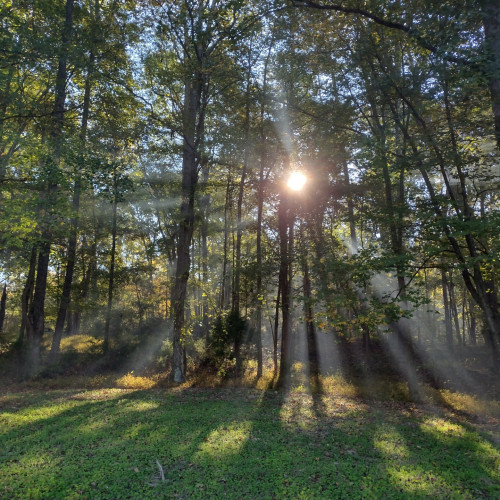
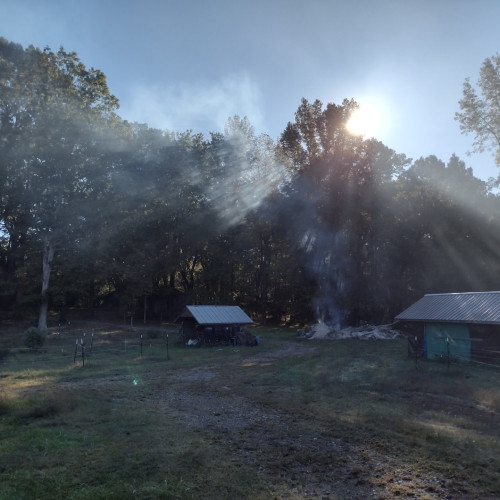
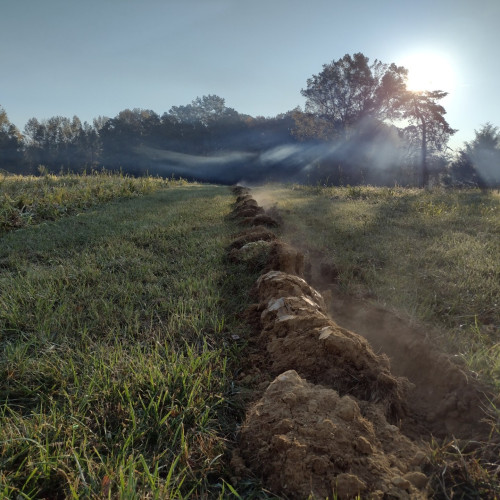
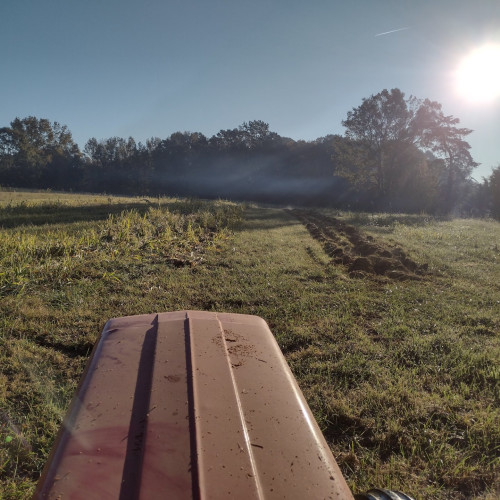
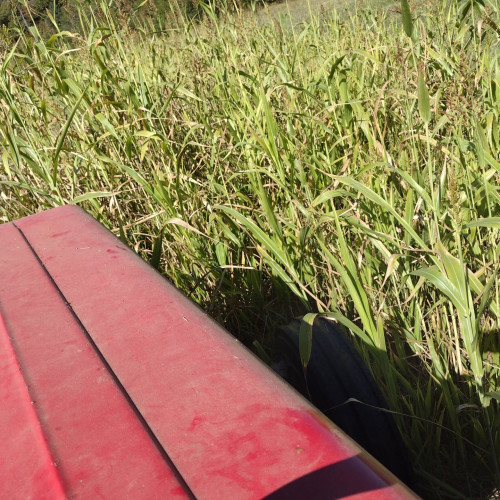
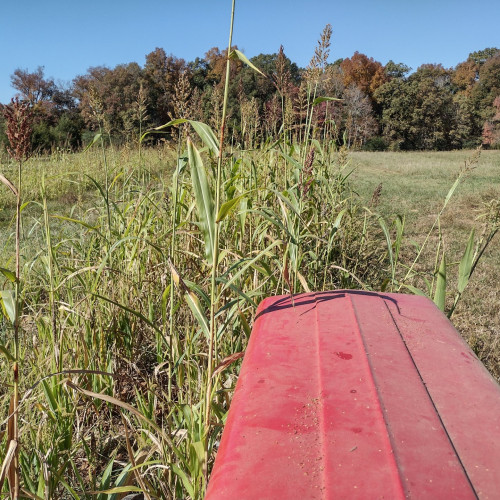
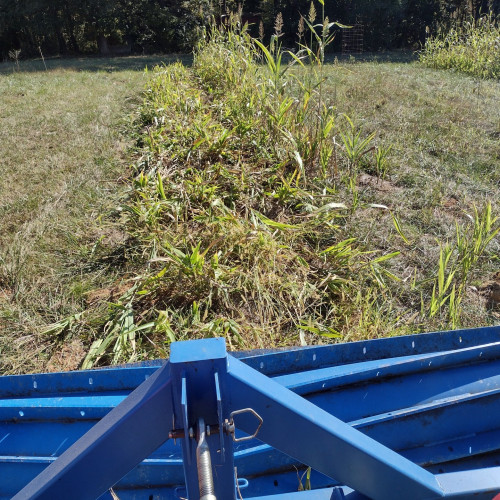
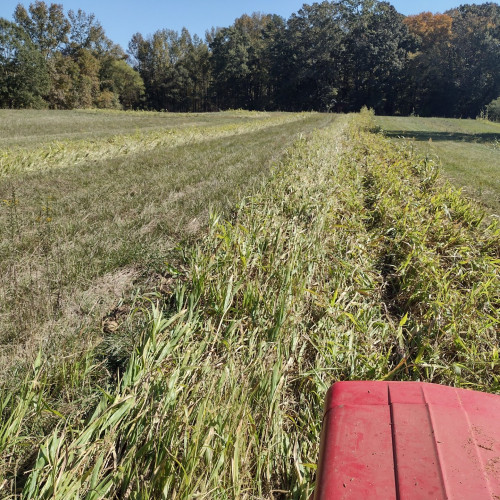
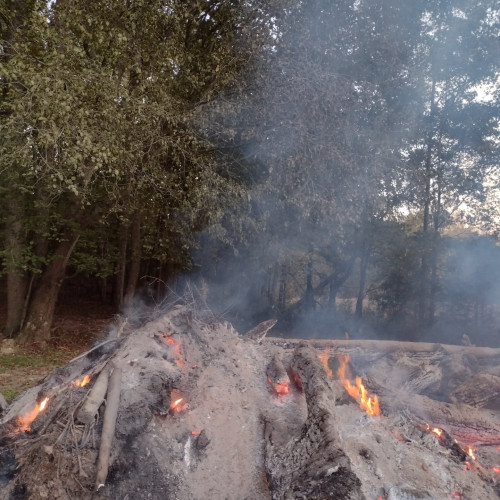
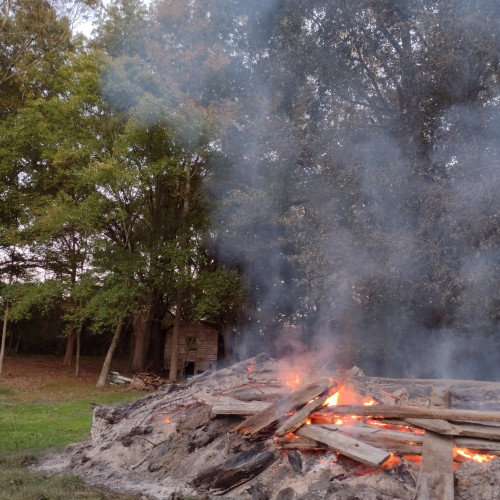
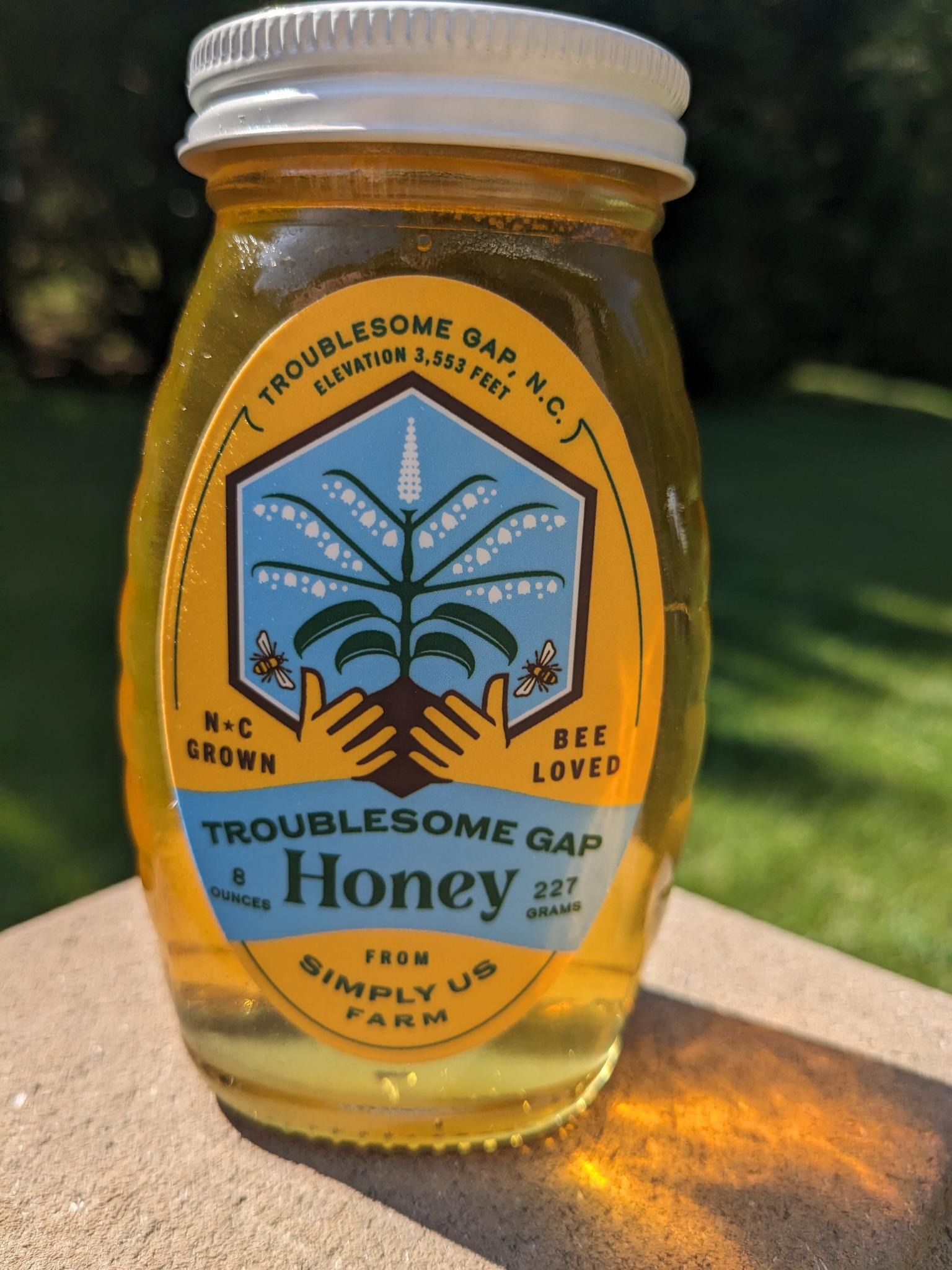
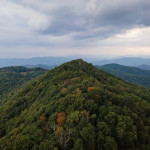
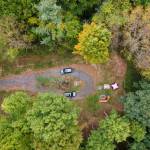
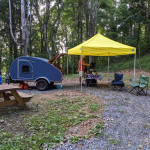

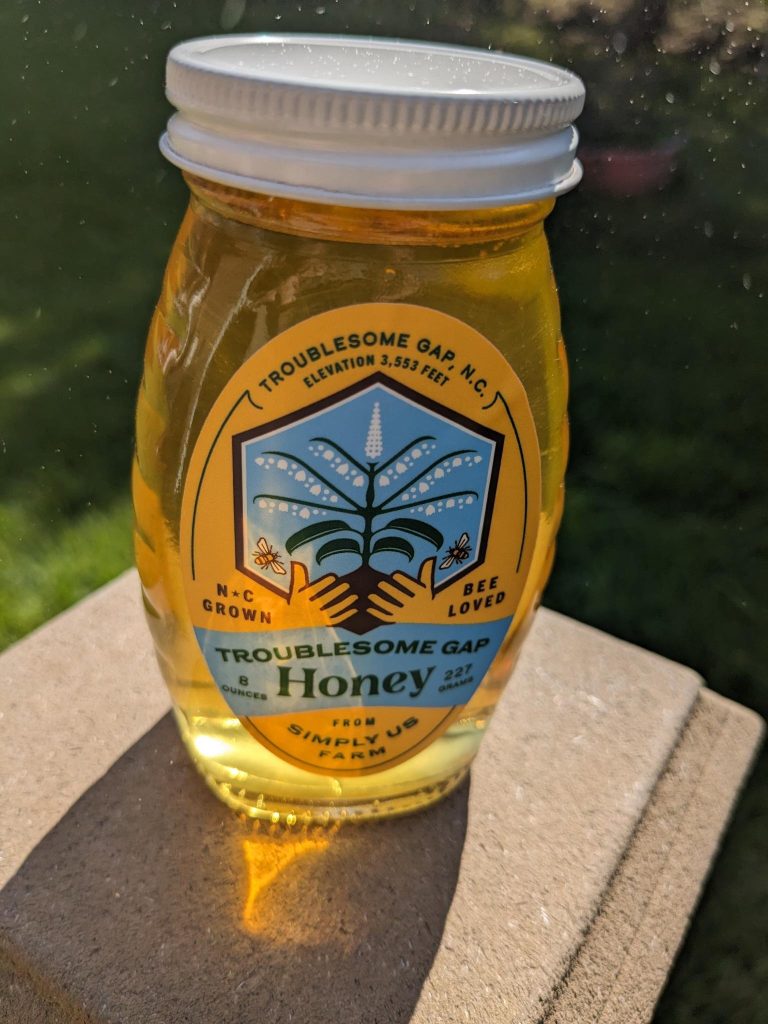
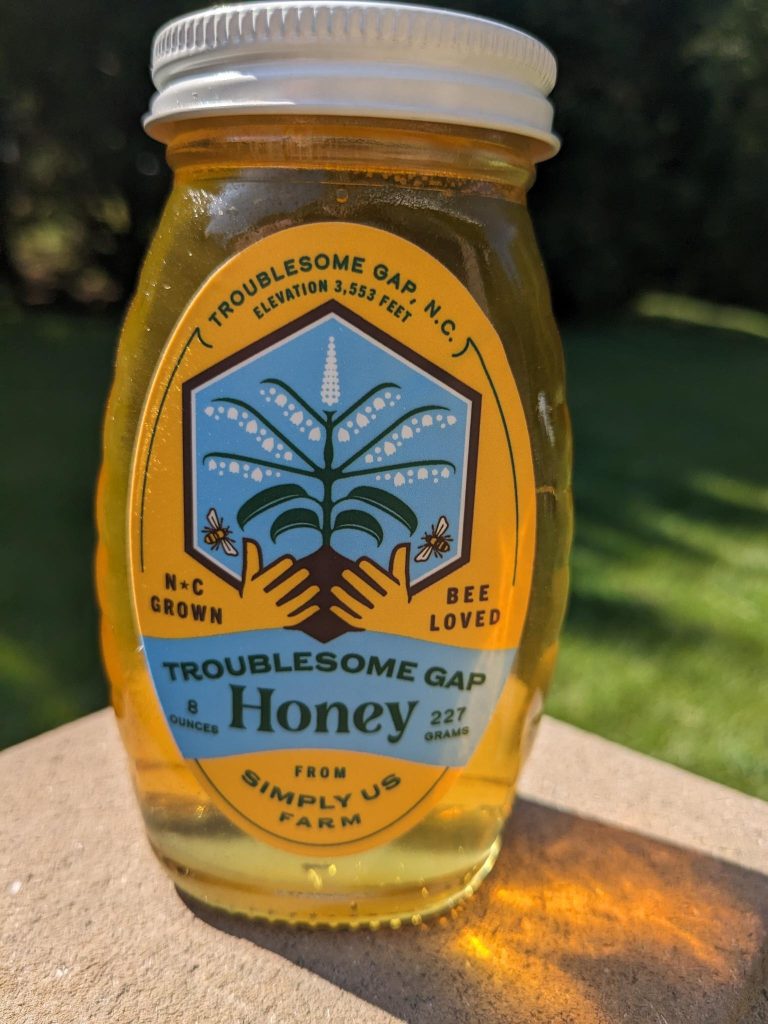
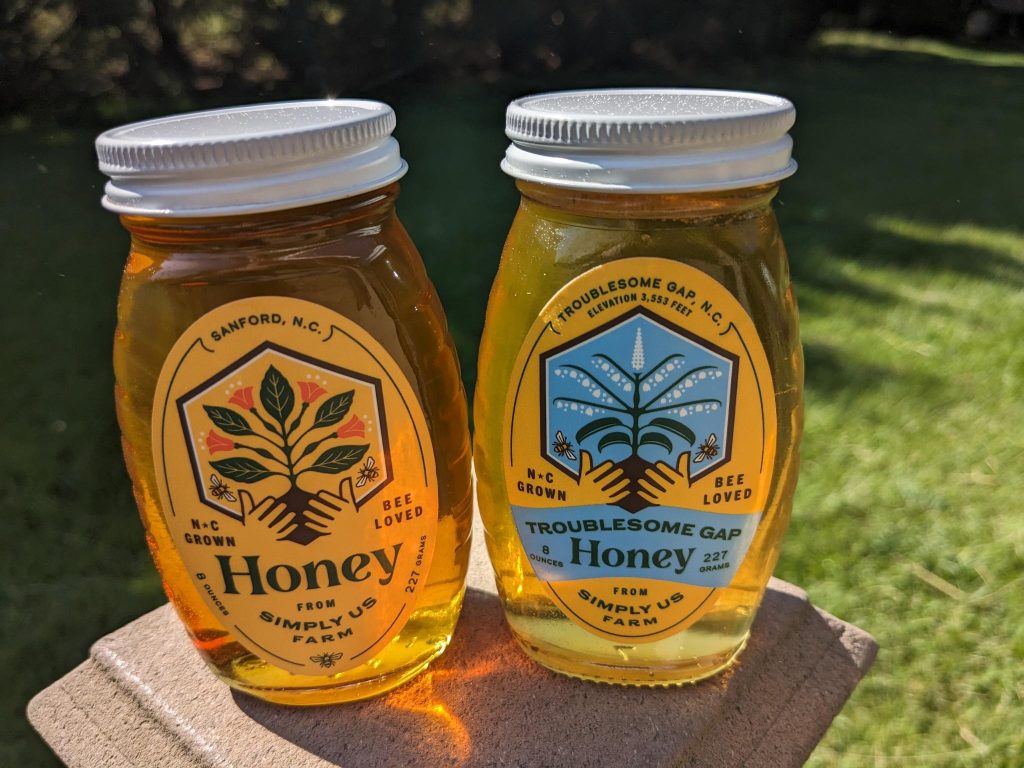
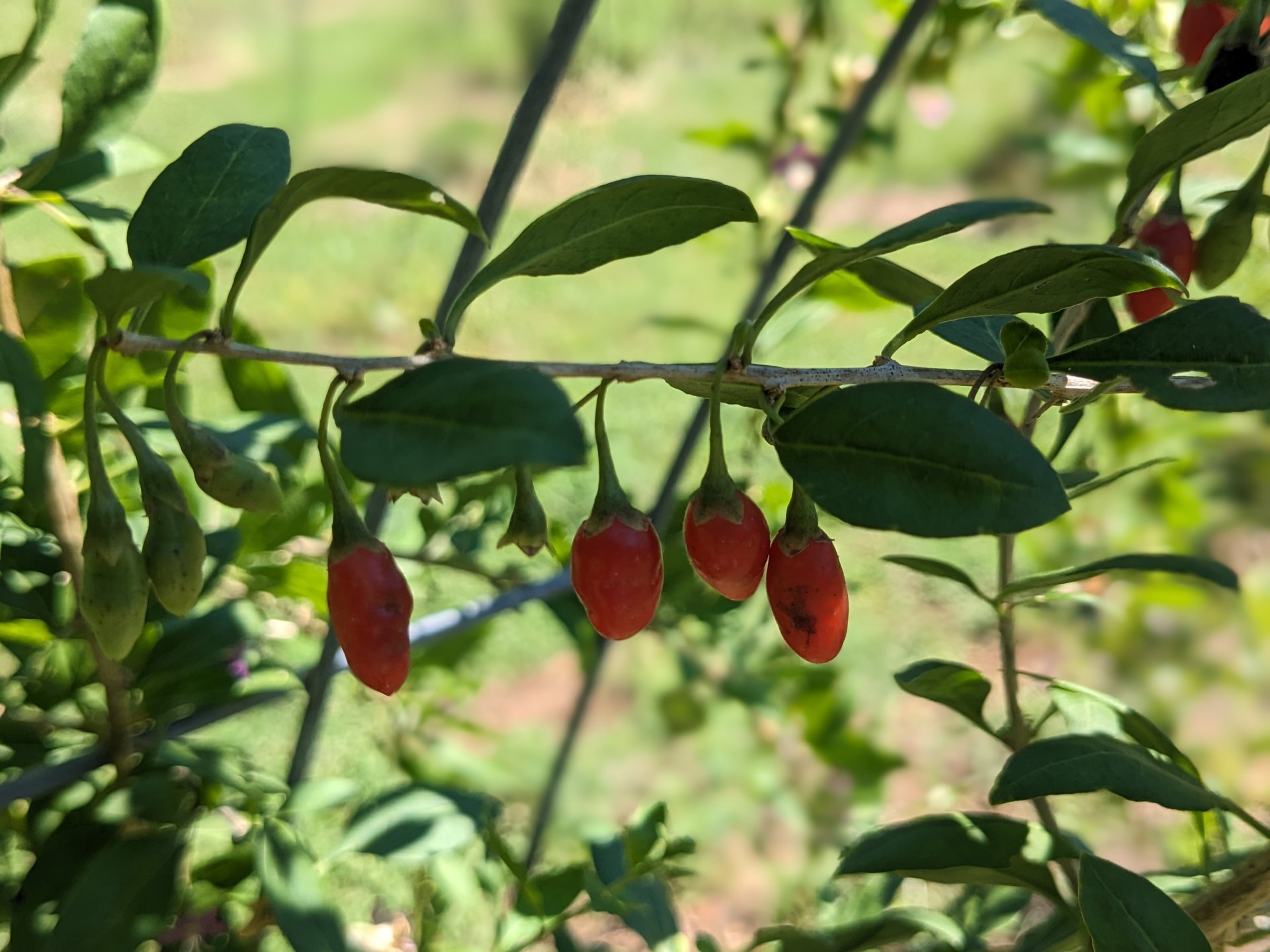






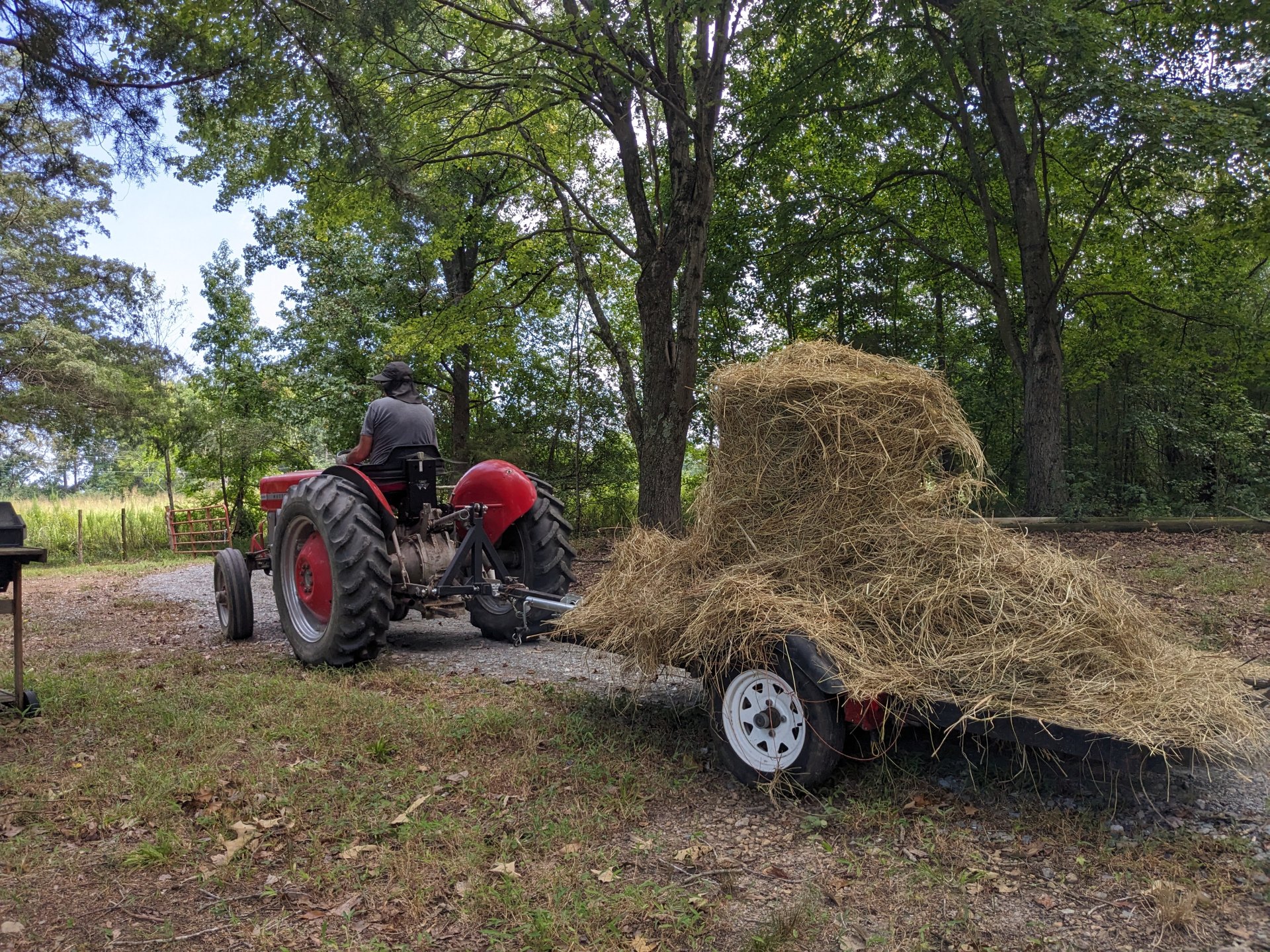
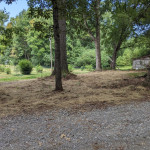
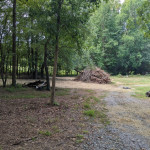
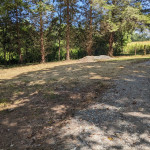
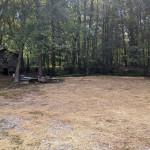
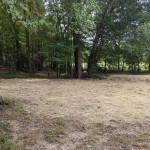
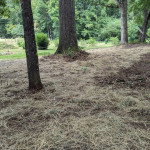
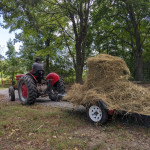
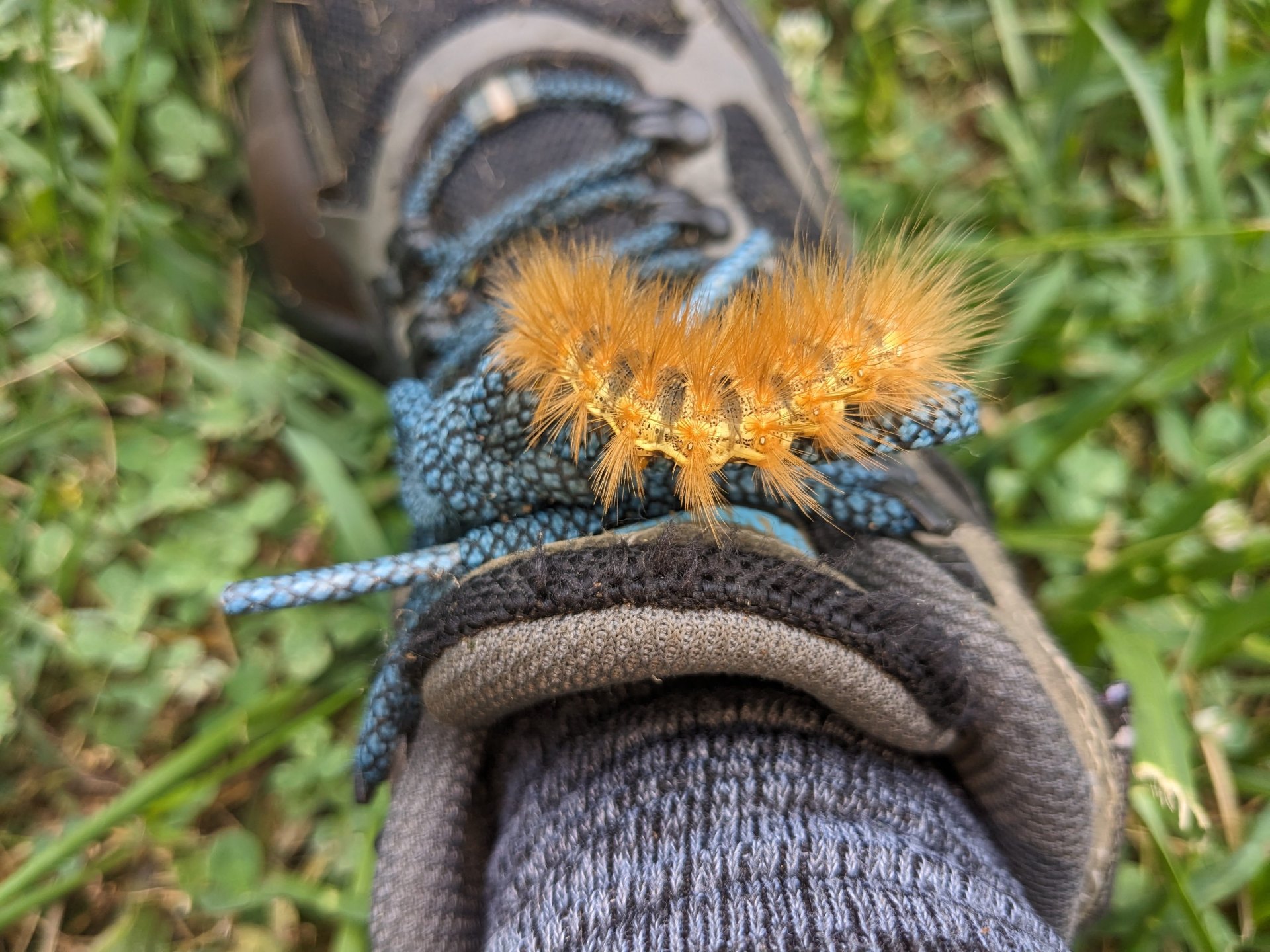
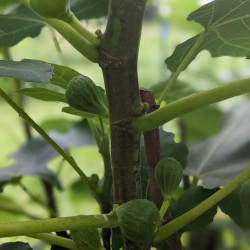
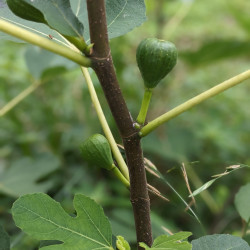
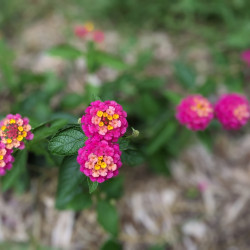
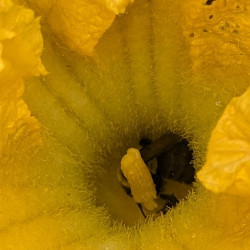
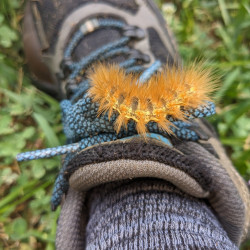
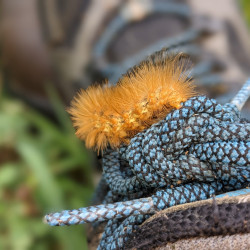
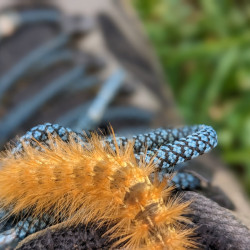
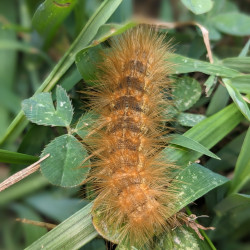
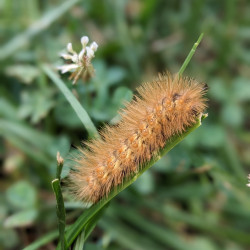
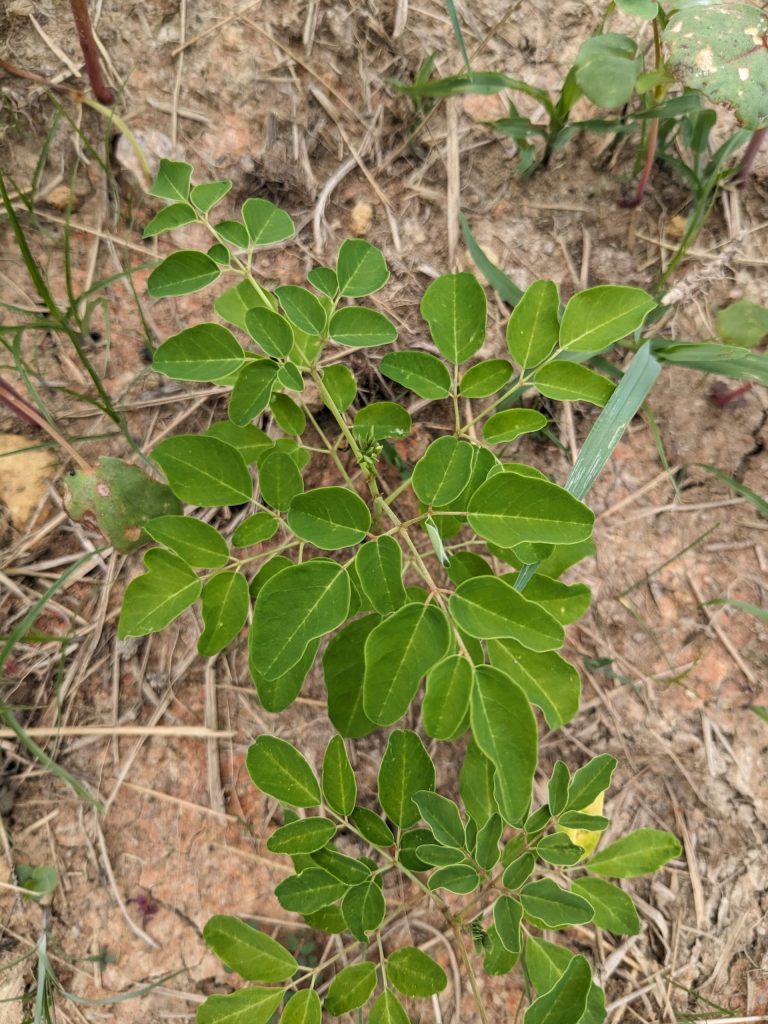
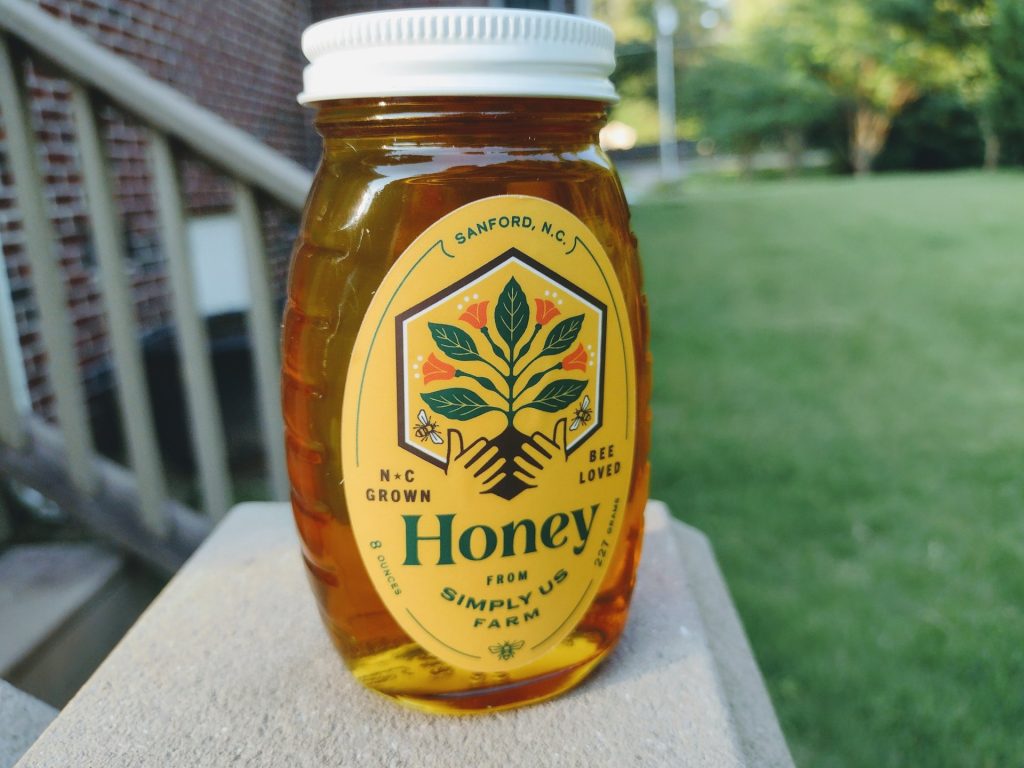
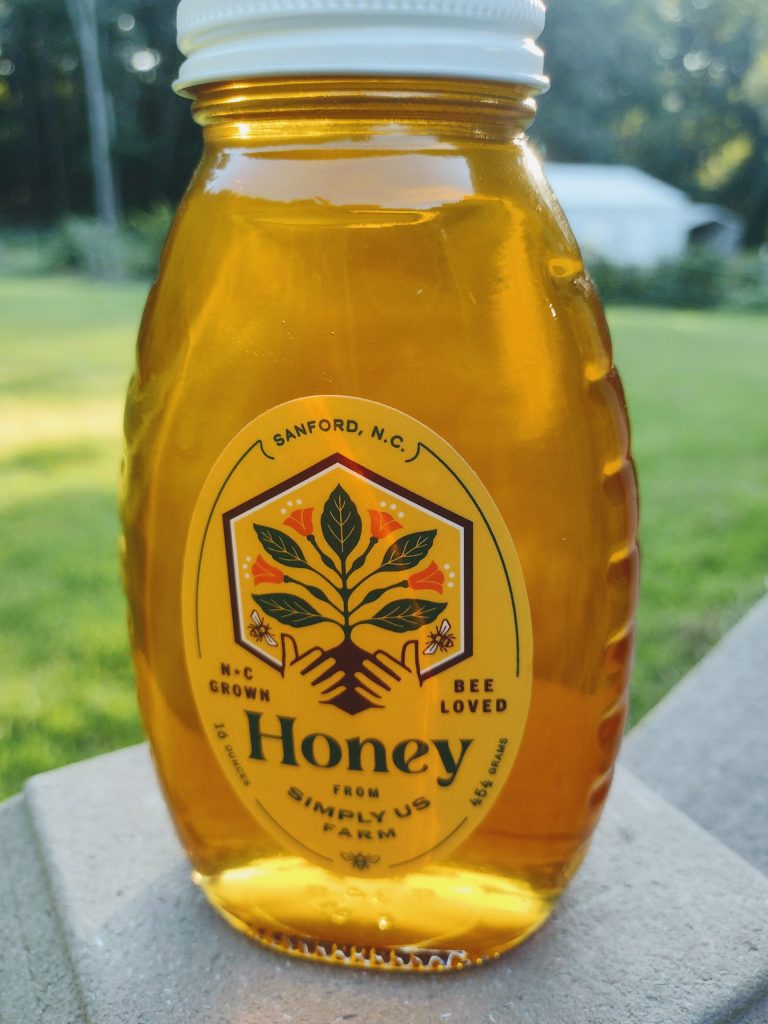
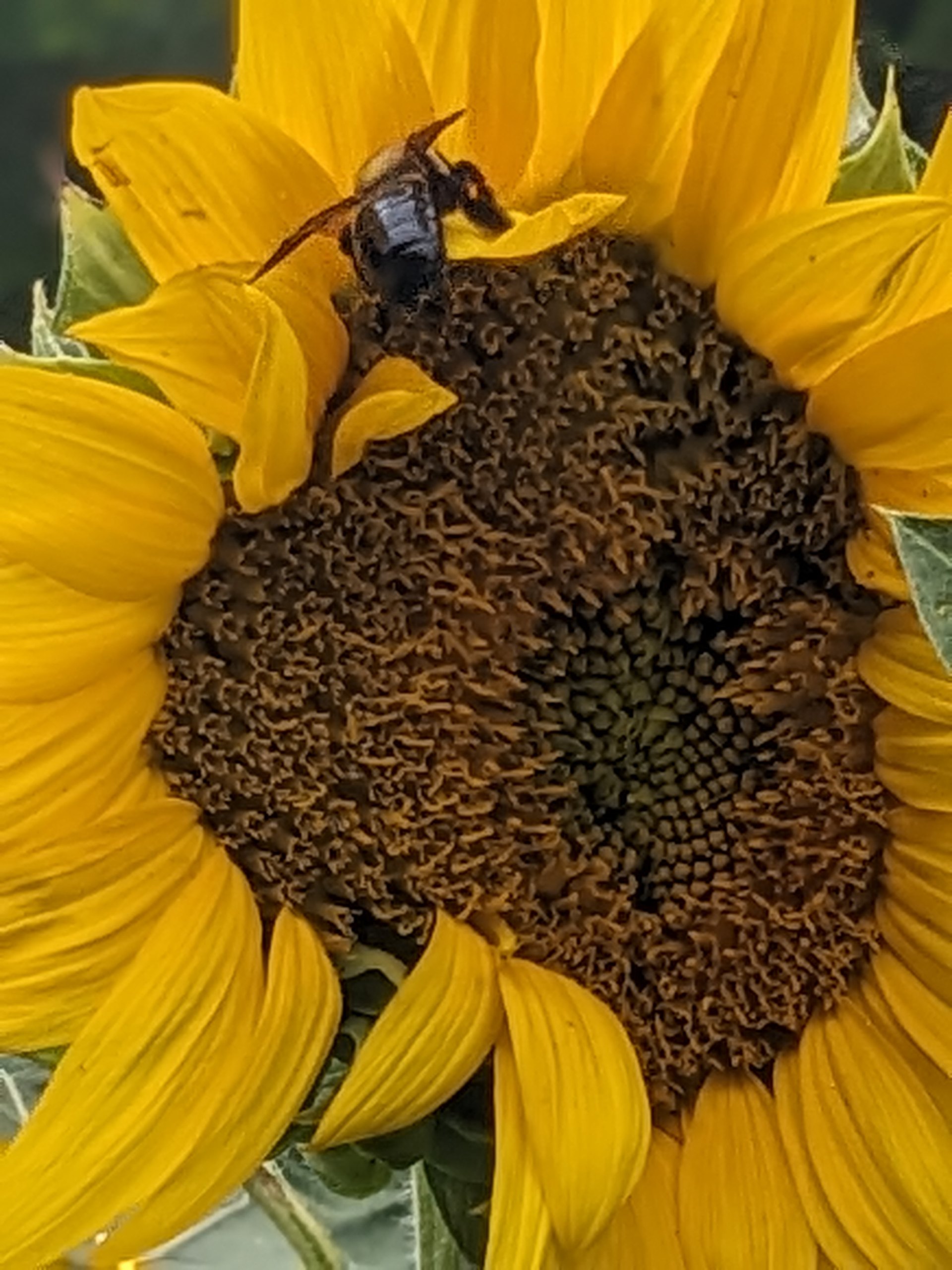










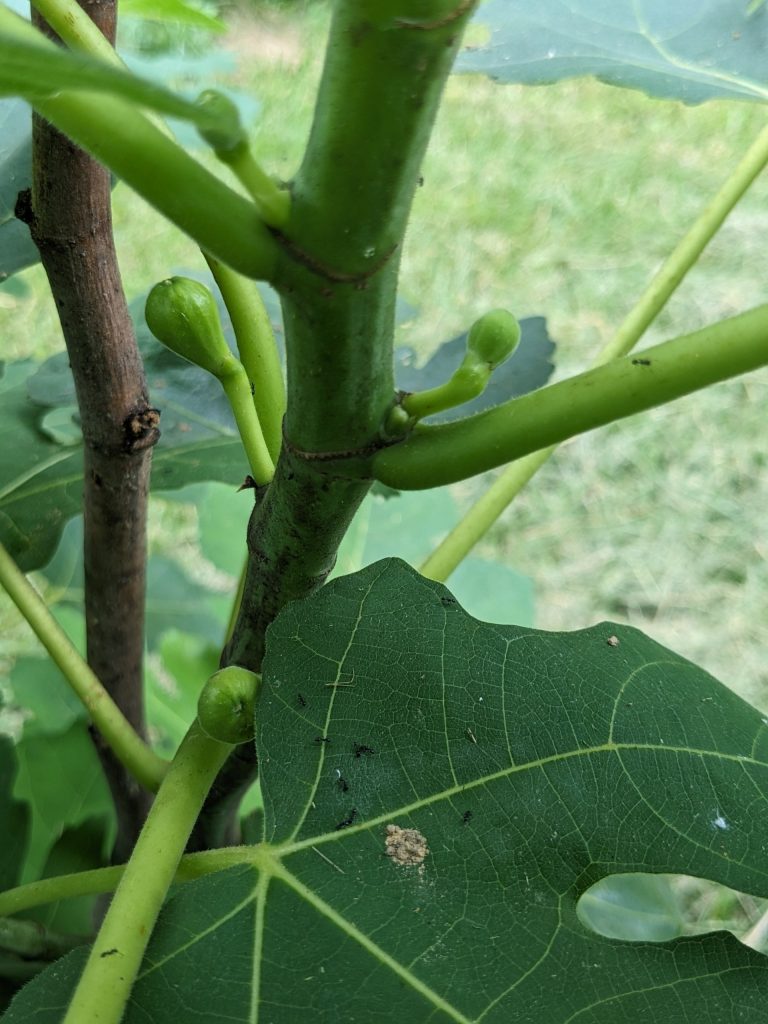
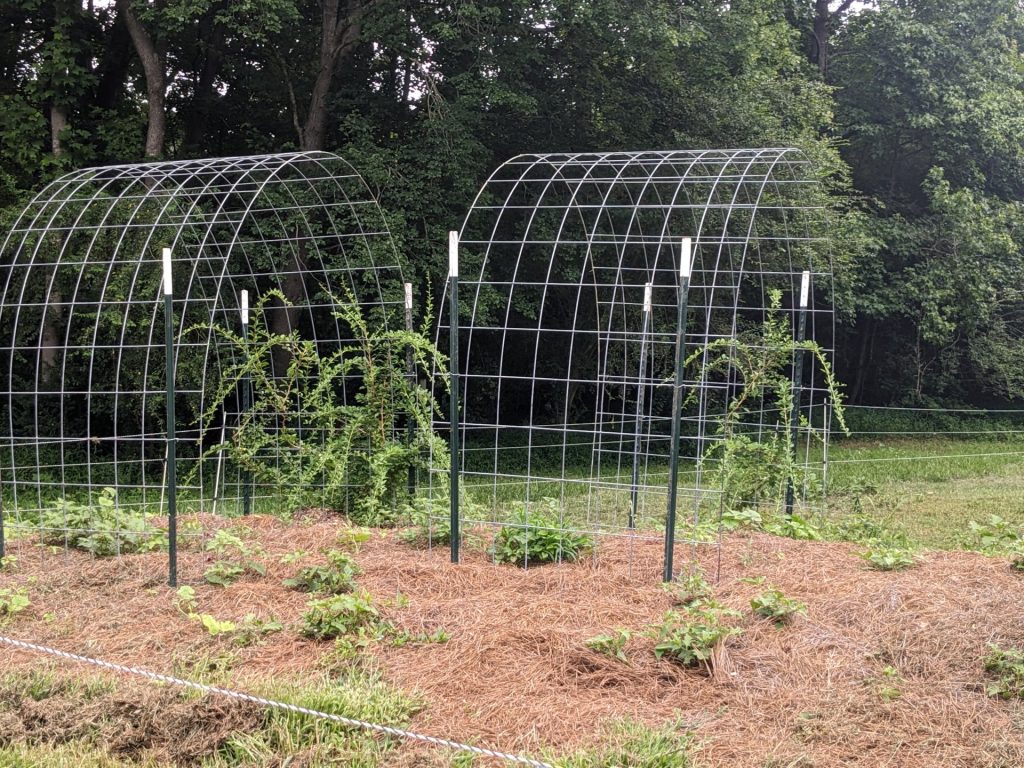
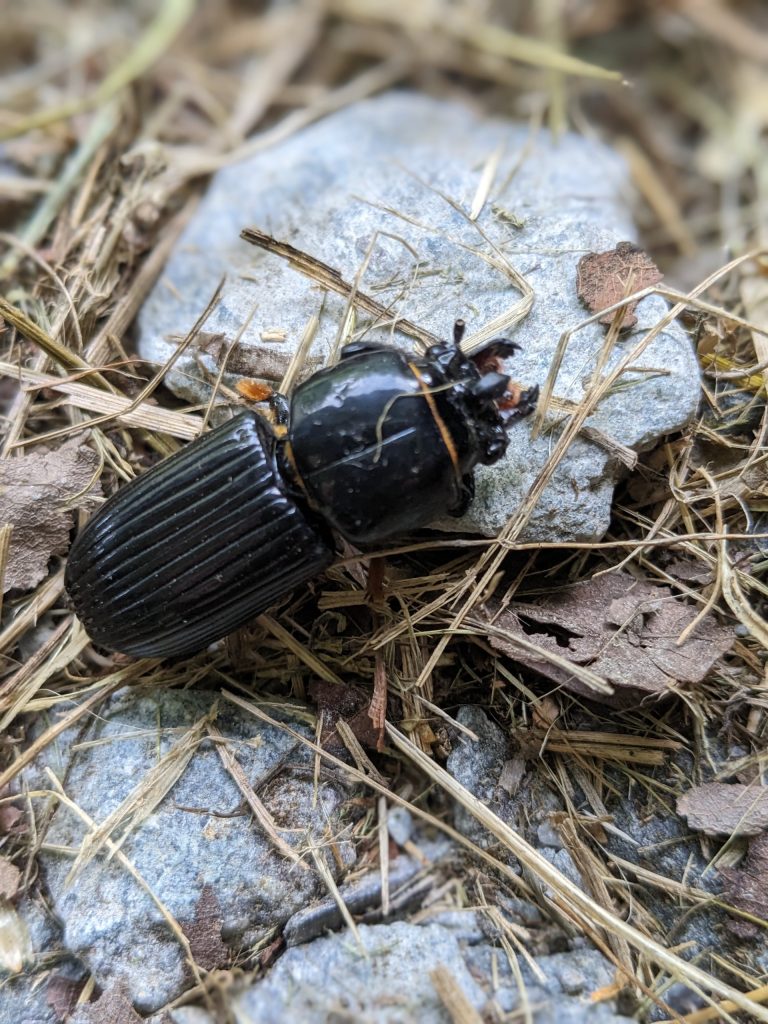
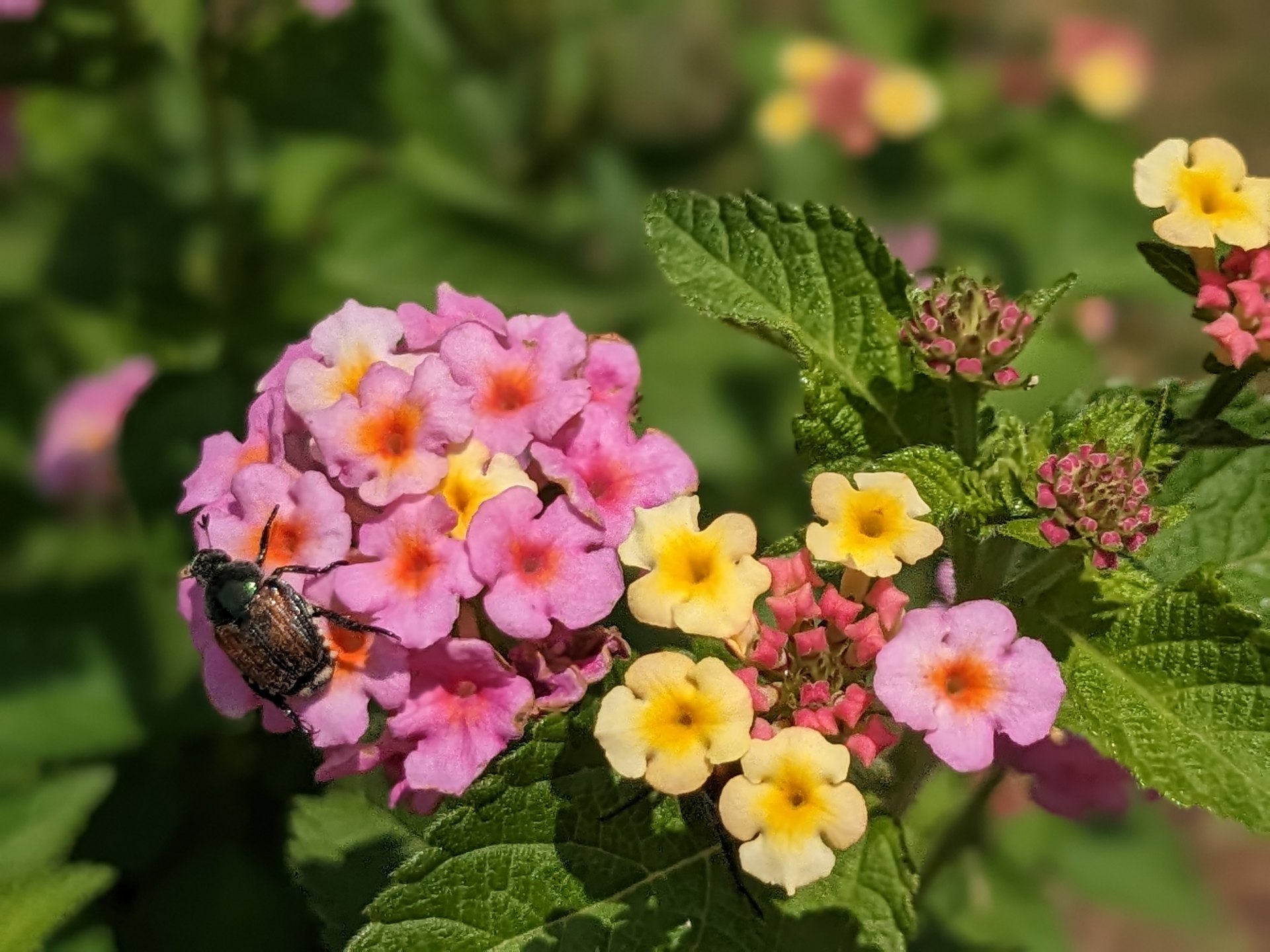
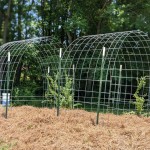
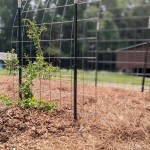
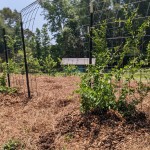
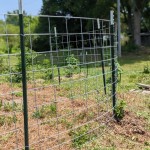
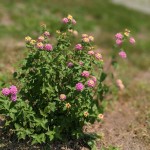
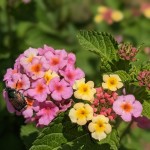
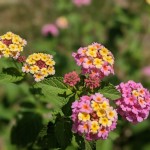
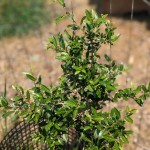
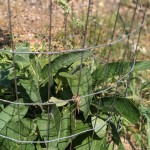
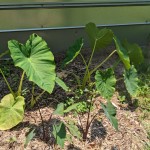
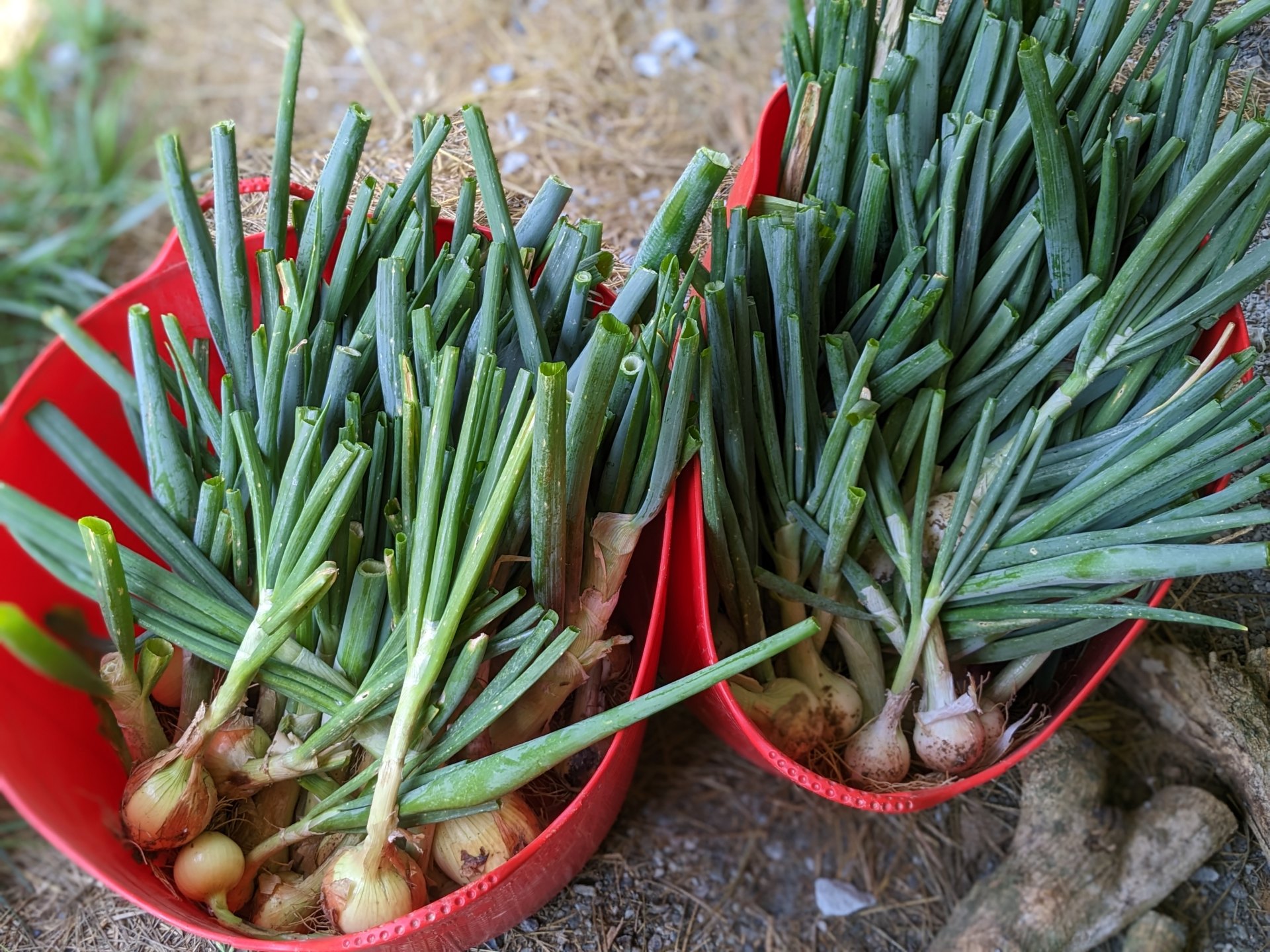


















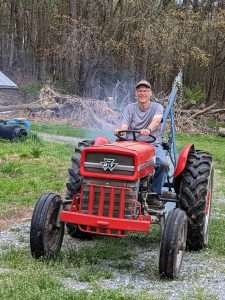 I’m a mechanical engineer turned weekend farmer, so I’m just smart enough to know that there is a lot that I don’t know especially when it comes to farming, permaculture and food forests. I’ve been heavily influenced in my love of farming and permaculture by my Mom and Dad and also by people like
I’m a mechanical engineer turned weekend farmer, so I’m just smart enough to know that there is a lot that I don’t know especially when it comes to farming, permaculture and food forests. I’ve been heavily influenced in my love of farming and permaculture by my Mom and Dad and also by people like 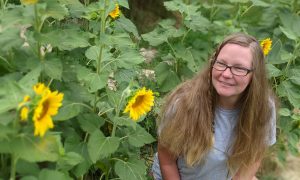 Connie has her certificate in Sustainable Agriculture from CCCC. She really enjoyed the classes at the community college and learned a lot. The program was a mixture of classes and work on the school farm. What she learned has really added to our technical proficiency on the farm.
Connie has her certificate in Sustainable Agriculture from CCCC. She really enjoyed the classes at the community college and learned a lot. The program was a mixture of classes and work on the school farm. What she learned has really added to our technical proficiency on the farm.